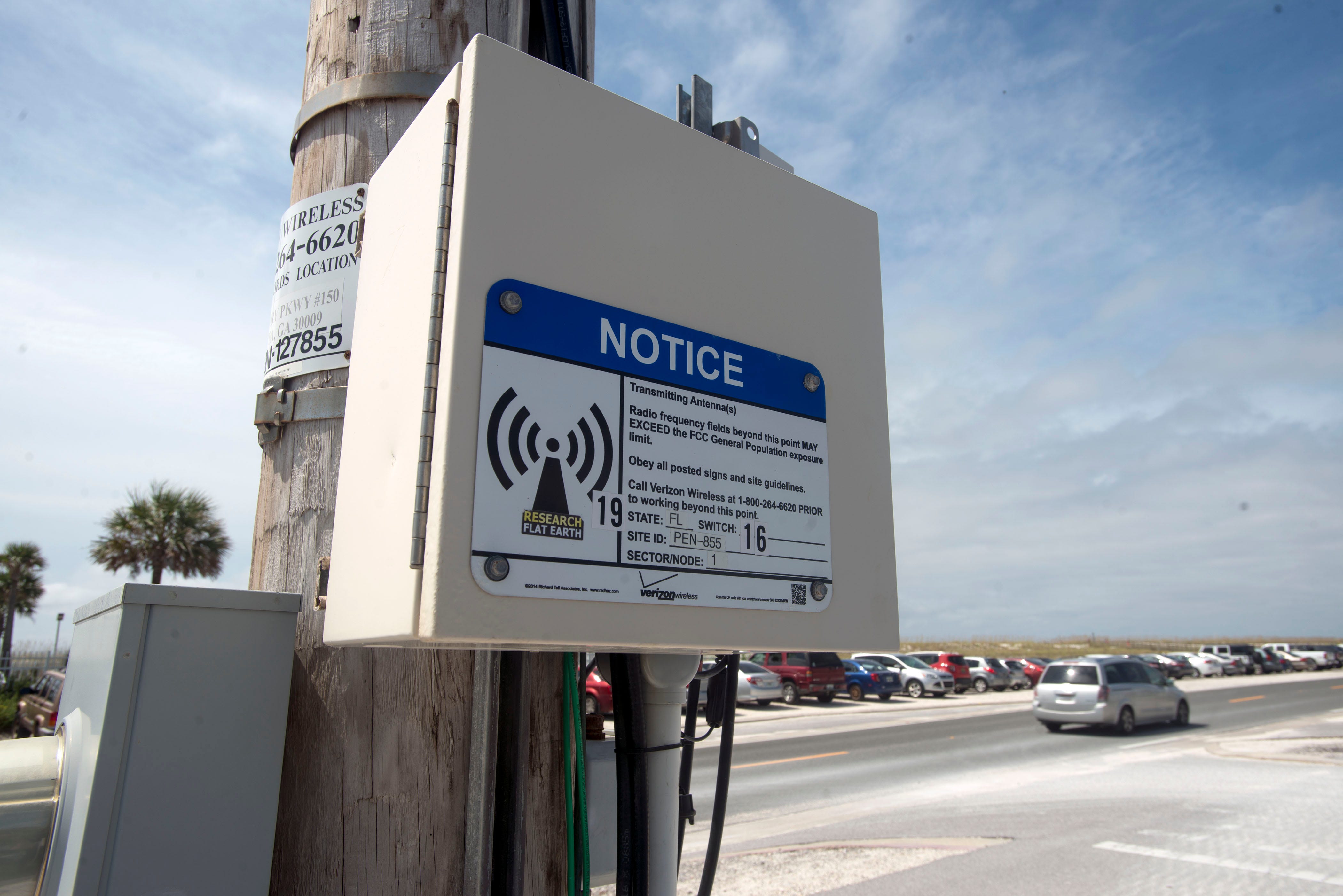In case you? ve ever strolled via a community, you may have spotted small tiny 5G cell may be on street light source poles. These appear like small bins, but they? lso are really transmitting cellular signals from mobile carriers to your current phone.
These smaller sized, purpose-built cell may be are replacing greater, purpose-built ones. Whilst less obvious, that they may nevertheless present issues for those.
Typically the FCC? s The radiation Exposure Thresholds

The particular Radiation Exposure Thresholds of the FCC establish the risk-free distance from which in turn a person might be exposed to electromagnetic radiation from cordless devices. The direct exposure limitations are centered on scientific evidence indicating that RF energy may get hazardous to individuals health.
The precise intake rate (SAR) quantifies the radiofrequency power absorbed by cells. It is generally 1. 6 m per kilogram, proportioned across one g of tissue.
However, since 5g sends at higher eq, it may generate more energy power on the skin and other immediately exposed body parts. This could result in some sort of variety of feasible consequences, such because the accelerated development of skin health issues such as eczema, skin cancer, plus cataracts.
Due of the potentially serious consequences of 5g radiation, PSU has opted to can charge a general localized power density restriction of 4 mW/cm2 averaged over 1 cm2, and not necessarily to exceed 30 minutes, for all 5G services at 3000 GHz. This restricted limit is constant with the maximal spatial-average SAR associated with 1. 6 W/kg averaged across one g of tissues at 6 GHz.
The FCC? h Maximum Exposure Thresholds
If you've at any time used a mobile phone, you surely be aware that an individual must be no less than 400 meters away from tower for basic safety. This is expected to the simple fact that the transmission strength of a cell tower grows significantly with distance.
When this may seem to be like a wonderful concept, truth be told that these living close to towers may be extra prone to well being issues. what is a safe distance from a 5g cell tower in Asia, for instance, suggested that persons who else resided within fifty meters of cellular towers had higher health concerns as compared to those who existed farther away.
Yet, this research in addition revealed that signs returned to normal in just a few times for persons that relocated to places distant from mobile towers. Several studies have indicated that exposure to substantial levels of radiofrequency electromagnetic fields (EMFs) may possibly induce cancer, mind tumors, and various other health concerns.
what is a safe distance from a 5g cell tower , which is usually used in wireless communication, may penetrate the outermost part of the human body, the skin. The particular skin functions as a protective hurdle against mechanical damage, infection by pathogenic bacteria, and the admission of hazardous chemicals. It is definitely responsible for keeping the integrity of other organs which is the biggest body organ inside the human physique.
Minimum Exposure Thresholds of the FCC
The FCC's Minimum amount Exposure Thresholds derive from a number of unsupported scientific presumptions. They add the invalid notion that immediate exposures to RF radiation secure owing to low penetration into the physique (i. e., tissues heating) (i. elizabeth., tissue heating).
Moreover, what is a safe distance from a 5g cell tower disregards the deeper sexual penetration with the ELF parts of modulated RF signals plus the impact of brief warmth bursts from pulsed RF waves. These assumptions tend not to align with the existing knowledge of the biological effects involving RF radiation; therefore, they should not be utilized to establish health-protective exposure restrictions.
In addition , the ICNIRP and FCC confine their maximum exposure limits to community peak SARs centered on the maximum spatial specific absorption rate (psSAR), which is an insufficient dosimetric technique for assessing the degree of RF the radiation exposure. Specifically, psSAR is incorrect with frequencies greater than 6 GHz. Moreover, psSAR is not looked into for RF radiation with co-exposure to be able to other environmental components such as the sun. Interactions between radiofrequency (RF) radiation in addition to other environmental elements may have bloody or synergistic outcomes. This would increase the likelihood of harmful health outcomes. Co-exposure to RF rays and sunshine, with regard to instance, may raise the risk of epidermis cancer and worsen other skin problems, such as acne.
